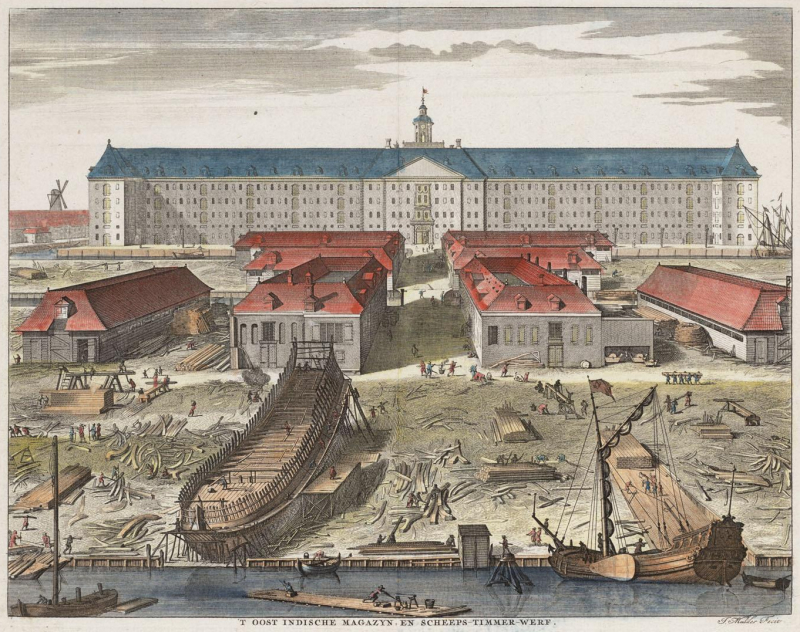Tea was unknown to Europeans until the 16th century

Portugal was actively involved in making contact with East Asian countries, and in 1516, Portugal became the first European country to make a contact with China and visit this country. Therefore, it is no surprise that Portugal was the first country to introduce (in written) tea to Europe.
During the visits to China, the Portuguese discovered how people in china drink tea, and the benefits that tea has. In 1569, a missionary from Portugal mentioned tea in his letter to the king of Portugal. He wrote, there is a bitter and red-colored medicinal drink called "Cha", and they are drunk by wealthy people, or to serve to guests. By doing this, he introduced tea to Europe. In 1662, Catherine of Braganza, Portugal married Charles Ⅱ, the King of England, and brought tea to the Royal house of England for the first time. From then, tea's popularity only grows.
In the 17th century, Portugal lost its power of trading to England and Holland. Dutch East India Company started importing more teas from China and was actively involved in the trade between China, Japan, and Java. Tea was shipped to Amsterdam by the Dutch East India Company and spread throughout Europe. Tea was first introduced to France in 1635, to Germany in 1650, and to England in 1650. Tea was introduced to Russia by Asian people who lived in Siberia. The fact that tea is called Chai in Russia tells the travel path tea went through to reach Russia.
Among all European countries, England was only the place tea took root. One reason is that they invented adding sugar to tea. To Russia, tea was introduced by Asian people who lived in Siberia. Most European countries use the word "Tea" which is close pronunciation to the word for tea in Fujian dialog. It is because the Dutch East India Company shipped tea from the port of Fujian in China.















